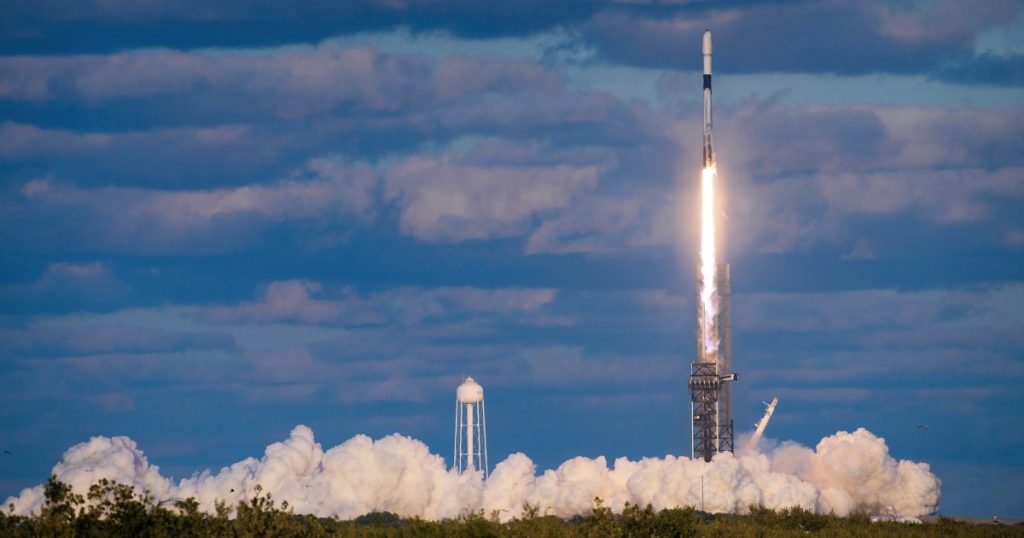South Korea’s defense ministry announced that the country’s second homegrown spy satellite successfully entered orbit after being launched on a SpaceX Falcon 9 rocket from the Kennedy Space Center in Florida. The launch was livestreamed on social media platforms and the satellite separated from the launch vehicle and entered its targeted orbit. It made successful communications with a ground station about two hours and 40 minutes after the launch. This launch follows the successful placement of South Korea’s first spy satellite into orbit in December.
The consecutive launches of reconnaissance satellites are part of South Korea’s efforts to keep pace with North Korea’s advancements in military capabilities in space. After two failed attempts, North Korea successfully placed its Malligyong-1 reconnaissance satellite into orbit in November using its own launch vehicle. North Korea has plans to launch three more spy satellites by 2024, posing a potential threat to South Korea’s security. South Korean Defense Minister Shin Won-sik suggested that North Korea could launch a second spy satellite as early as mid-April based on the military’s observations of North Korea’s activities.
Seoul’s second spy satellite is equipped with a synthetic aperture radar that can produce images regardless of weather conditions due to its unique data processing capabilities. This feature allows for consistent surveillance and intelligence gathering even in challenging weather conditions. The development of advanced spy satellites is crucial for South Korea to maintain a strategic advantage and enhance its national security. These satellites play a critical role in providing real-time information and monitoring potential threats to the country’s safety and security.
The successful placement of South Korea’s second spy satellite in orbit marks a significant achievement for the country’s space program. The use of SpaceX’s Falcon 9 rocket for the launch demonstrates South Korea’s collaboration with international partners to advance its space capabilities. By leveraging advanced technologies such as synthetic aperture radar, South Korea is able to enhance its surveillance and reconnaissance capabilities while reducing dependence on external sources for such critical intelligence gathering.
The increasing militarization of space by both South Korea and North Korea highlights the growing importance of satellite technology in modern warfare. As countries strive to gain an edge in national security and defense capabilities, the development and deployment of spy satellites play a crucial role in gathering intelligence, monitoring potential threats, and safeguarding against security risks. South Korea’s investment in its space program demonstrates its commitment to enhancing its military capabilities and preparedness in the face of evolving regional security challenges.
Overall, the successful launch of South Korea’s second spy satellite represents a significant milestone in the country’s efforts to bolster its national security and defense capabilities. By investing in advanced satellite technologies and collaborating with international partners for space exploration, South Korea aims to maintain a strategic advantage in the increasingly competitive space domain. As North Korea continues to advance its own space program, South Korea’s development of spy satellites is crucial for maintaining situational awareness, monitoring potential threats, and safeguarding national security in an evolving geopolitical landscape.


